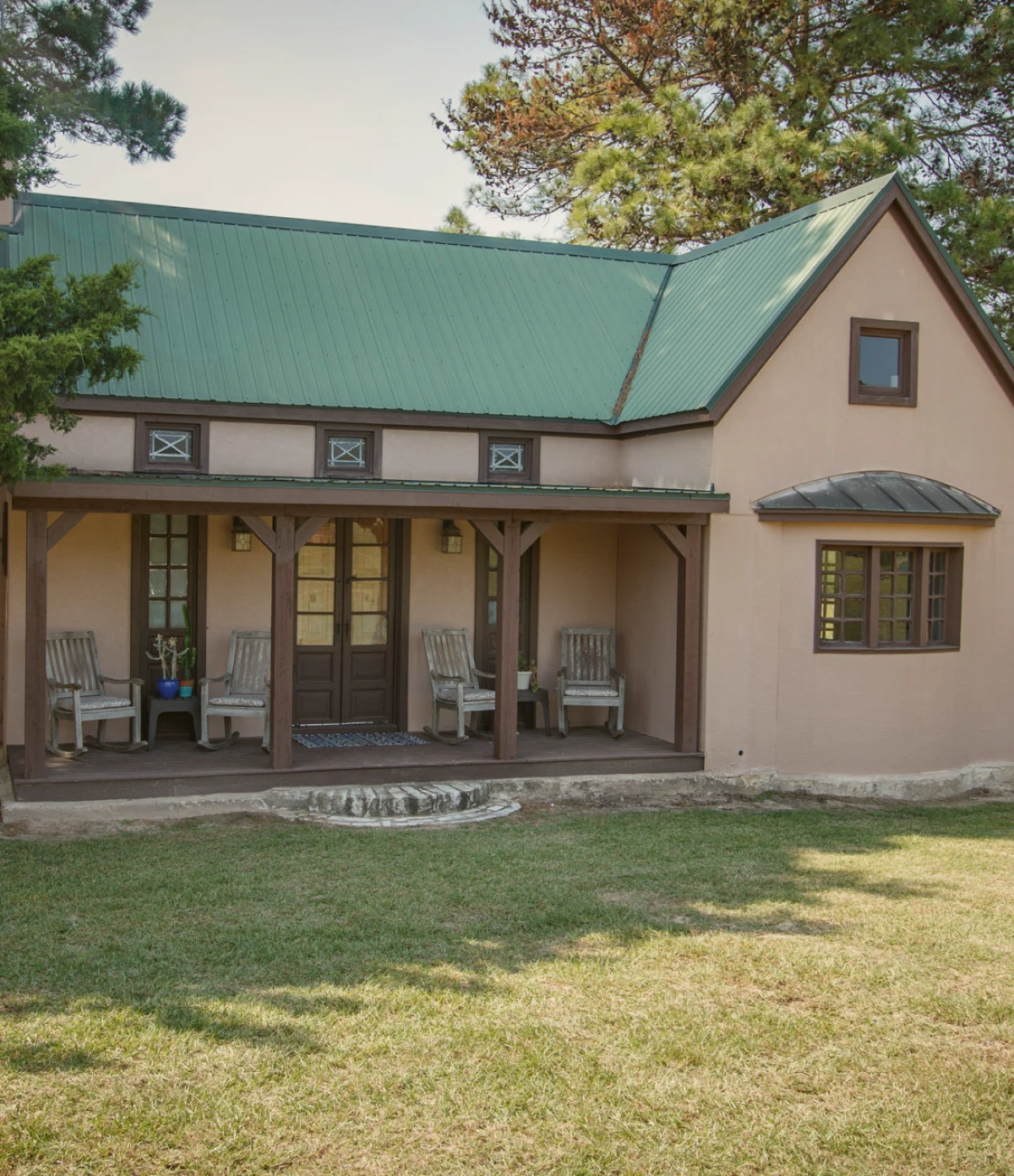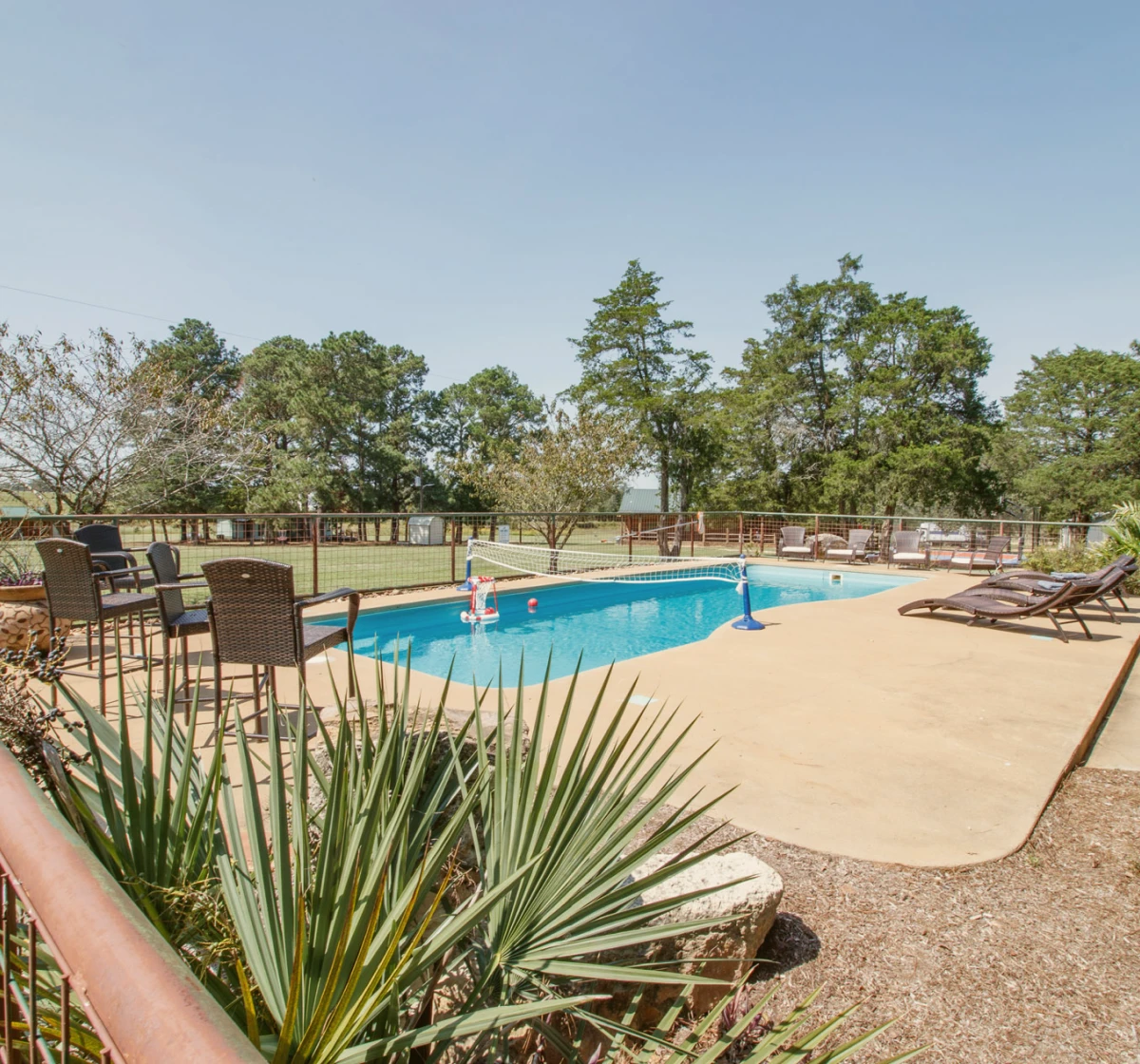We work with insurances. Verify yours now
Discover The Power of Ongoing Support

Sober living homes provide a crucial bridge between inpatient care and independent living for those in recovery treatment programs from substance use disorders. These residential facilities offer a structured, substance-free environment where residents can solidify their sobriety skills while gradually reintegrating into daily life.[1]
In sober living homes, residents typically share living spaces and responsibilities, creating a community of mutual support and accountability.[2] While less intensive than inpatient treatment, these homes often have rules such as curfews, mandatory house meetings, and random drug testing to maintain a recovery-focused atmosphere.
Residents are usually required to work or attend school, participate in on-site outpatient addiction treatment or support groups, and contribute to household chores. This combination of independence and structure helps individuals build confidence, develop life skills, and establish healthy routines crucial for long-term recovery.[3]
Sober living in Austin, Texas, lasts from a few months to over a year, depending on individual needs and progress, providing a safe, supportive stepping stone to fully independent, substance-free living.

Sober living houses in Austin, Texas, work by providing a transitional environment that bridges the gap between intensive treatment and independent living. Its effectiveness stems from several important factors:[4]
Living with others in recovery creates a built-in support system, reducing isolation and providing mutual encouragement.
Rules and routines help residents develop healthy habits and time management skills essential for maintaining sobriety.
Residents can practice recovery skills in real-world situations while still having a safe, substance-free home to return to.
Encouragement to work or volunteer helps residents rebuild a sense of purpose and community connection.
Regular drug testing and house rules reinforce commitment to sobriety.
Shared responsibilities foster life skills crucial for independent living.
Longer stays allow time for new habits and coping mechanisms to become ingrained.
This combination of structure, support, and real-worldexposure allows individuals to solidify their recovery skills, reducing the risk of relapse as they transition back to independent living.
Sober living programs play a vital role in supporting individuals who are recovering from substance use disorders, particularly those with histories of homelessness, incarceration, and lack of social support for sobriety.[5] These individuals are especially vulnerable to relapse without access to long-term, community-based services that promote and maintain sobriety.
Research has shown that sober living programs can have a positive impact on the lives of their residents. One study found positive longitudinal outcomes for 300 individuals living in two different types of sober living homes, suggesting that these programs might be an effective option for those in need of alcohol-free and drug-free housing.[6] Improvements were noted in various areas, including reduced alcohol and drug use, decreased arrests, fewer psychiatric symptoms, and increased employment rates.
Furthermore, studies have shown that those living in residential recovery homes generally make significant improvements in multiple areas of functioning.[7] Residents who achieve and maintain complete abstinence tend to have particularly good outcomes, highlighting the importance of fostering a supportive environment that encourages and reinforces sobriety.
Overall, these findings underscore the value and efficacy of sober living homes in Austin, Texas, promoting lasting recovery and improving the lives of individuals struggling with addiction.
Click on the links below to learn about the Sober Living care staff at The Last Resort.
We’re excited to share the positive experiences of our other community members, many of whom were where you are today – overwhelmed and uncertain. These are their stories. What will yours be?
The Last Resort offers a variety of evidence-based and holistic care modalities ensuring our clients receive comprehensive support throughout this crucial phase of their recovery journey.
A structured approach promoting abstinence and personal growth through mutual support. Participants progress through 12 steps, share experiences, and foster accountability within a recovery community.
Encourages acceptance of thoughts and feelings while committing to behavior changes aligned with personal values. Promotes psychological flexibility and meaningful life engagement.
Provides comprehensive information on substance use disorders and recovery strategies. Empowers you to make informed decisions about your health and recovery journey.
Addresses negative thinking patterns and behaviors associated with addiction. Helps people identify, challenge, and change destructive thought processes and modify harmful behaviors.
Focuses on emotion regulation, distress tolerance, interpersonal effectiveness, and mindfulness skills. Effectively supports those with intense emotions or co-occurring disorders.
Promotes emotional growth and self-awareness through interactions with horses. Participants learn about themselves, fostering trust, communication, and emotional regulation.
Active, hands-on approaches involving art, music, role-playing, or outdoor adventures. Addresses issues through direct experience and reflection.
Collaborative approach to enhance communication, resolve conflicts, and build a supportive recovery environment. Addresses family dynamics related to addiction.
Structured physical exercise programs designed to improve overall health, reduce stress, and support recovery. Regular exercise can boost mood, sleep quality, and provide a healthy stress outlet.
A supportive setting where individuals share experiences, challenges, and successes with peers in recovery. Provides validation, diverse perspectives, and opportunities to practice interpersonal skills.
An intensive workshop focused on emotional healing and personal growth. Involves guided exercises, reflection, and group support to address emotional issues and promote self-discovery.
One-on-one sessions for personal exploration, goal-setting, and addressing specific issues. Offers a safe space for deep, individualized work on recovery and personal growth.
Practical training in essential skills for daily life and sobriety. Topics may include financial management, job readiness, communication, and stress management, aiming to support independent, substance-free living.
A client-centered counseling style to resolve ambivalence and enhance motivation for change. Explores and strengthens personal motivations for recovery, promoting lasting behavior change.
Therapeutic role-playing and storytelling to gain insight, explore emotions, and practice new behaviors in a safe environment.
A goal-directed approach emphasizing strengths and solutions. Aims for rapid change by helping individuals envision a preferred future and take concrete steps toward it.
Combines yoga practices and concepts to promote physical, mental, and emotional well-being. Reduces stress, increases body awareness, and supports overall recovery through physical postures, breathing exercises, and meditation.
No two recovery journeys are alike, and there’s no single method to address every instance of substance use disorders, mental health issues, or co-occurring diagnoses. That’s why our focus is on delivering individualized care tailored to each client’s unique needs and circumstances.
When clients arrive on our 55-acre campus, they undergo an in-depth assessment that determines their ideal level of care. Our treatment team thoroughly evaluates the results to design a personalized treatment plan.
As clients advance in their recovery, we regularly review their needs and modify the level of care accordingly. When a client reaches the goals outlined in his treatment plan or shows notable stability in his recovery, we help them transition to a less intensive level of care. This adaptable approach ensures that each man receives the appropriate support at each stage, whether they require the structure of residential treatment or are prepared for a step-down program.

A multidimensional biopsychosocial assessment aligned with ASAM Criteria[8]
The client's personal goals and perceived needs
Input from our multidisciplinary treatment team
Continuous evaluation of progress and
response to treatment
Many sober living homes in Austin support residents in pursuing employment or educational opportunities. They often encourage residents to engage in productive activities that promote personal growth and stability. Some sober living environments may have specific guidelines regarding work or school schedules to ensure residents maintain a balanced lifestyle conducive to recovery.
Sober living environments typically offer various support services to help residents maintain sobriety and achieve personal goals. These may include:
These services are designed to foster a supportive and structured environment that promotes sustained recovery and personal development.
Relapse is a recognized part of the recovery process, and sober living homes in Austin are prepared to respond with support and guidance. The goal is to help individuals learn from the experience, regain focus on their recovery journey, and continue building a sober lifestyle within the supportive community of the sober living home.
[1] Best Practices for Recovery Housing. (2023). https://store.samhsa.gov/sites/default/files/pep23-10-00-002.pdf on July 3, 2024
[2] Polcin, D. L., Henderson, D., Trocki, K., Evans, K., & Wittman, F. (2012). Community context of sober living houses. Addiction Research & Theory, 20(6), 480–491. https://www.ncbi.nlm.nih.gov/pmc/articles/PMC3902663/ on July 3, 2024
[3] Information, N. C. for B., Pike, U. S. N. L. of M. 8600 R., MD, B., & Usa, 20894. (2020). Chapter 5—Strategies for Working With People Who Have Co-Occurring Disorders. In www.ncbi.nlm.nih.gov. Substance Abuse and Mental Health Services Administration (US). https://www.ncbi.nlm.nih.gov/books/NBK571013/ on July 3, 2024
[4] Wittman, F. D., & Polcin, D. L. (2014). The Evolution of Peer Run Sober Housing as a Recovery Resource for California Communities. International Journal of Self Help and Self Care, 8(2), 157–187. https://www.ncbi.nlm.nih.gov/pmc/articles/PMC4248351/ on July 3, 2024
[5] Polcin, D. L., Korcha, R., Bond, J., & Galloway, G. (2010). What Did We Learn from Our Study on Sober Living Houses and Where Do We Go from Here? Journal of Psychoactive Drugs, 42(4), 425. https://www.ncbi.nlm.nih.gov/pmc/articles/PMC3057870/ on July 3, 2024
[6] Polcin, D. L., & Henderson, D. M. (2008). A Clean and Sober Place to Live: Philosophy, Structure, and Purported Therapeutic Factors in Sober Living Houses. Journal of Psychoactive Drugs, 40(2), 153–159. https://www.ncbi.nlm.nih.gov/pmc/articles/PMC2556949/ on July 3, 2024
[7] Polcin, D. L., Mahoney, E., Witbrodt, J., Subbaraman, M. S., & Mericle, A. A. (2023). Outcomes Among Sober Living House Residents Who Relapse: Role of Recovery Capital. Journal of Psychoactive Drugs, 1–9. https://www.tandfonline.com/doi/full/10.1080/02791072.2023.2225502 on July 3, 2024
[8] American Society of Addiction Medicine. (2022). About the ASAM Criteria. American Society of Addiction Medicine. https://www.asam.org/asam-criteria/about-the-asam-criteria on July 3, 2024